Julia “Butterfly” Hill often felt like an outsider during her childhood, according to Business Insider. However, as she matured, she began channeling her determination into causes close to her heart, particularly environmental protection. In 1997, Julia gained national attention for her act of civil disobedience: she climbed a 1,000-year-old redwood tree and lived there for an astonishing 738 days. Despite facing numerous challenges, including threats and isolation, she remained steadfast in her mission, setting a record for the longest tree-sit.
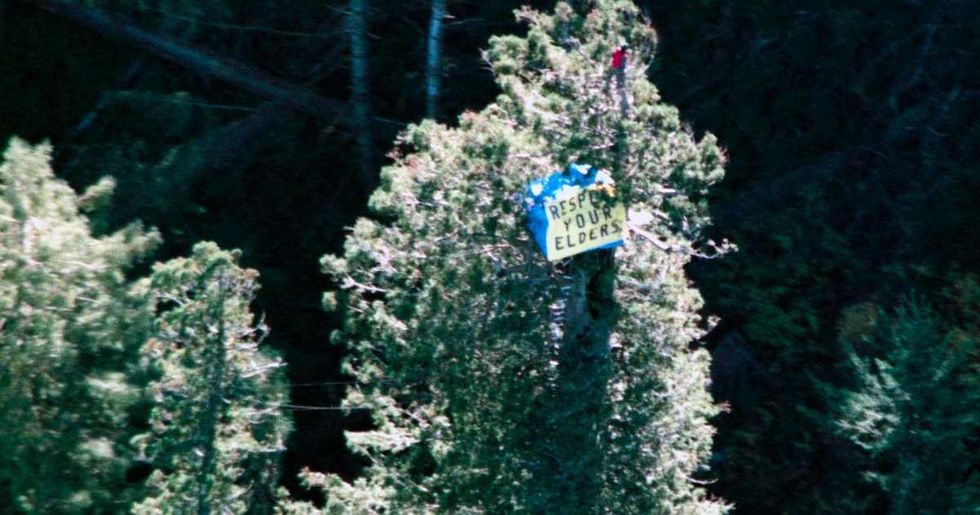
On December 10, 1997, 23-year-old Julia climbed an ancient redwood tree in California’s Redwood Forest, committing to stay there for the next two years. Her protest was against the Pacific Lumber Company's plans to clear-cut the forest. For 738 days, Julia lived in the tree’s canopy, drawing attention to the cause.
“I have two platforms. One is 180 feet up. That serves as a storage space. The living space is at about 100 feet. It is maybe 4 by 6 feet. A ground team brings food and supplies once a week. I lower down a bag of waste and bring supplies up,” Julia wrote in The New York Times, describing her tree-sitting experience. She added, "I have a camping stove and water from rain and fog. I go to the bathroom like everyone else, just minus the technology. And I have perfected the fine art of sponge 'dashing': I gather water, heat it up, and scrub myself. Luckily, I've never gotten sick."
According to All That’s Interesting, Julia was born in 1974. Until about ten years of age, she lived in a camper van as her father, Dale, was a traveling minister. She spent a major segment of her childhood moving around the United States. At the age of seven, while the Hill family went on a hiking trip, a butterfly landed on Julia’s shoulder and remained there for the rest of the trip. This prompted her family members to add the nickname “Butterfly” to her name.

After her family settled in Arkansas, Julia attended college and worked various part-time jobs but still felt unclear about her life’s purpose. In 1996, a tragic car accident changed everything. The steering wheel struck her skull when a drunk driver rear-ended her car, severely impairing her hearing and walking abilities. This left Julia in a spiritual crisis, feeling hopeless about her future.
"It took 10 months of physical and cognitive therapy to recover from the wreck, and during that time I realized I wanted to find a more powerful purpose for being here on this planet," Hill told Grist magazine in 2006. "After I was released from my last doctor, I went on a road trip with friends which led me to California, which led me to the redwoods," she said. When she traveled to California, she felt an instant connection reverberating between herself and the redwood trees.
At a reggae festival and environmental fundraiser, Julia met activists from the environmental organization “Earth First!” They were protesting the clear-cutting of local redwoods by the Pacific Lumber Company. Inspired, Julia volunteered to join their cause, feeling she had found her true purpose. “When I entered the ancient redwoods for the first time, I dropped to my knees and began to cry. I connected with a higher purpose for my life. These beautiful forests were being clear-cut, and I wanted to do something. Then a guy was going around looking for someone to do a tree-sit as a protest. My hand shot up -- Pick me, pick me!'' I thought I was going to be up here for three weeks to a month,” Julia wrote in The New York Times.
She named the tree Luna, the Latin word for “moon,” and fully committed to the environmental cause. While living at the top of Luna, she used solar panels to charge her batteries, electronic organizers, and a cordless phone to answer calls from various organizations and schools. She spent the rest of her time writing 100 to 150 letters per week. Despite numerous attempts by the logging company to break her resolve, including sending helicopters to hover above her and cutting off her supplies, Julia remained steadfast. She also faced natural threats like severe windstorms. “One night I thought I was going to die. The wind was 90 m.p.h.,” she recalled, “I grabbed Luna and started praying.”
In December 1999, Julia signed a mutual agreement with the Pacific Lumber Company, according to which Luna and all other trees within a 200-foot buffer zone would be preserved. Julia also donated $50,000 to the company for the loss of revenue, which the company donated to the Humboldt State University for environment-related research. She also founded the “Circle of Life Foundation,” conducting speaking tours, music festivals, and training programs to promote environmental awareness and activism.
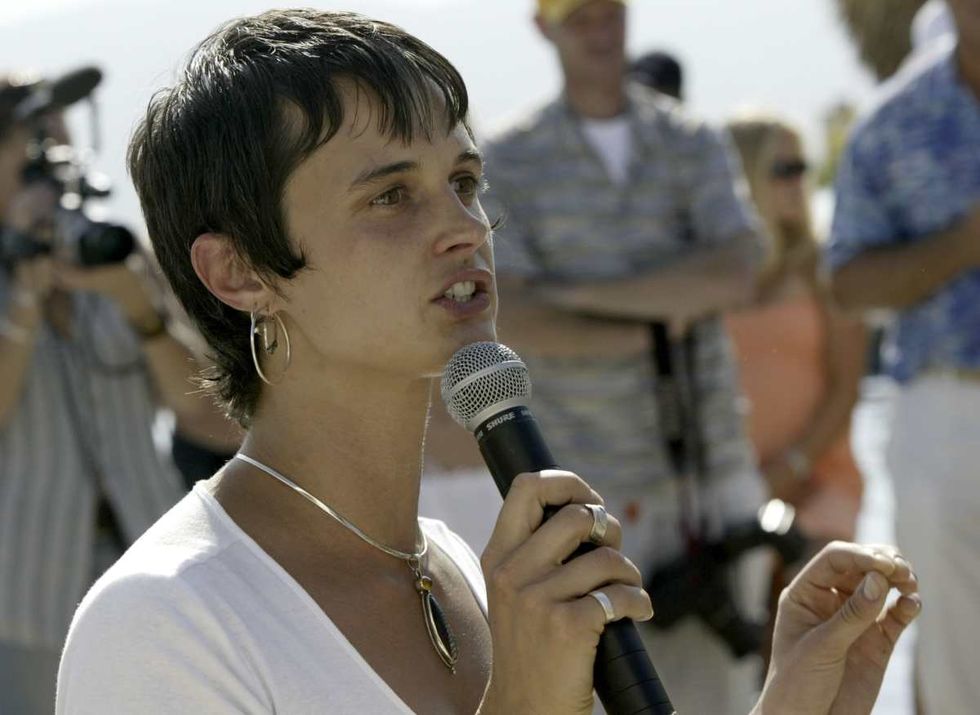
After descending from Luna, Julia shared her feelings with The Sun, saying, “The person I’d been when I’d gone up and the person I was when I came down were so profoundly different that I wasn’t sure how I was going to be able to live in the world again.” She added, “When I set foot on the earth, there was a lot of emotion. There was extreme joy because we’d protected the tree and the grove around it, which a lot of people had said was impossible. But there was also sadness. I had become so much a part of that tree, and it had become so much a part of me, that I wasn’t sure I would fit in with other people.” Presently, Julia works as an author, life coach, and motivational speaker, inspiring people to live a conscious and fulfilling lifestyle.





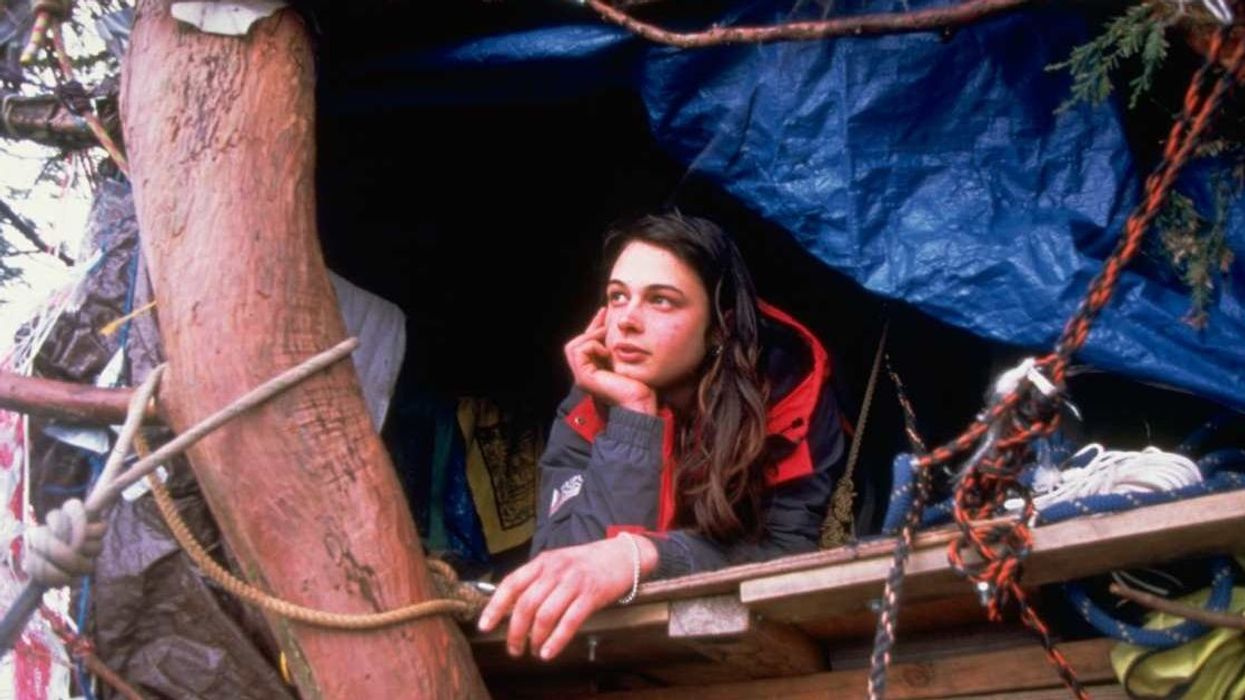












 Representative Image: Accents reveal heritage and history.
Representative Image: Accents reveal heritage and history.  Representative Image: Even unseen you can learn a lot from an accent.
Representative Image: Even unseen you can learn a lot from an accent. 

 Rice grain and white rice.Image via
Rice grain and white rice.Image via  Person eats rice.Image via
Person eats rice.Image via  Washing and rinsing rice.
Washing and rinsing rice.  Mother and daughter eating rice meal.Image via
Mother and daughter eating rice meal.Image via 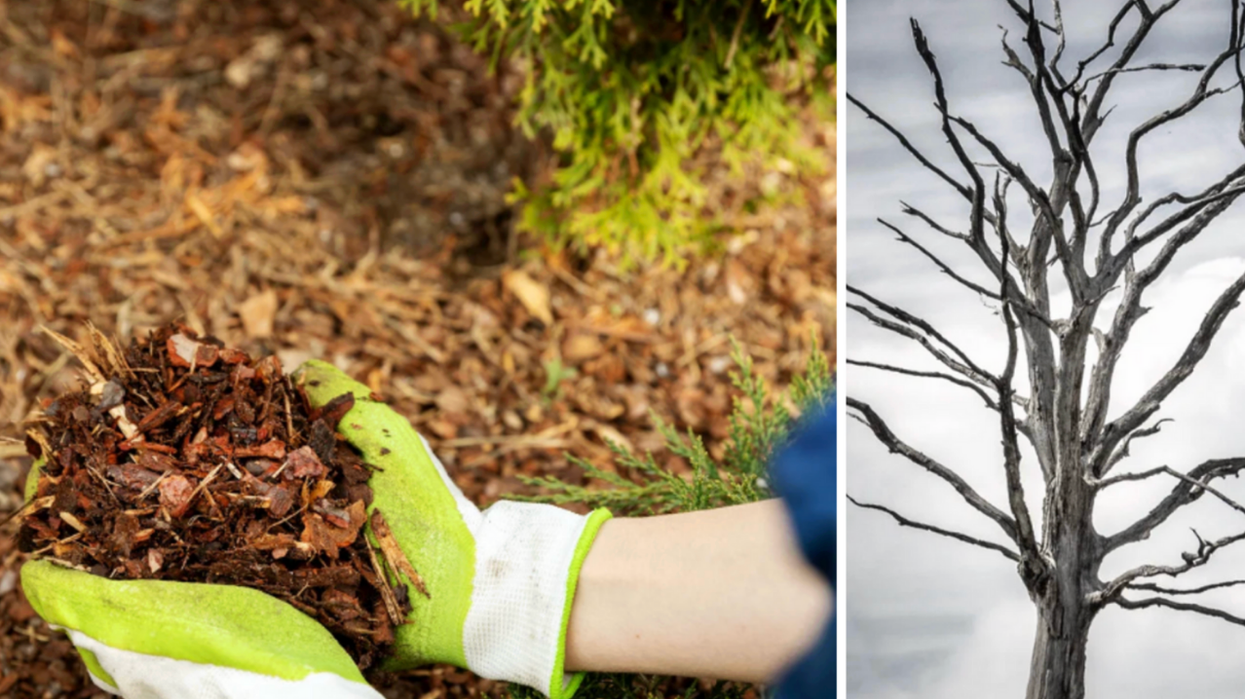

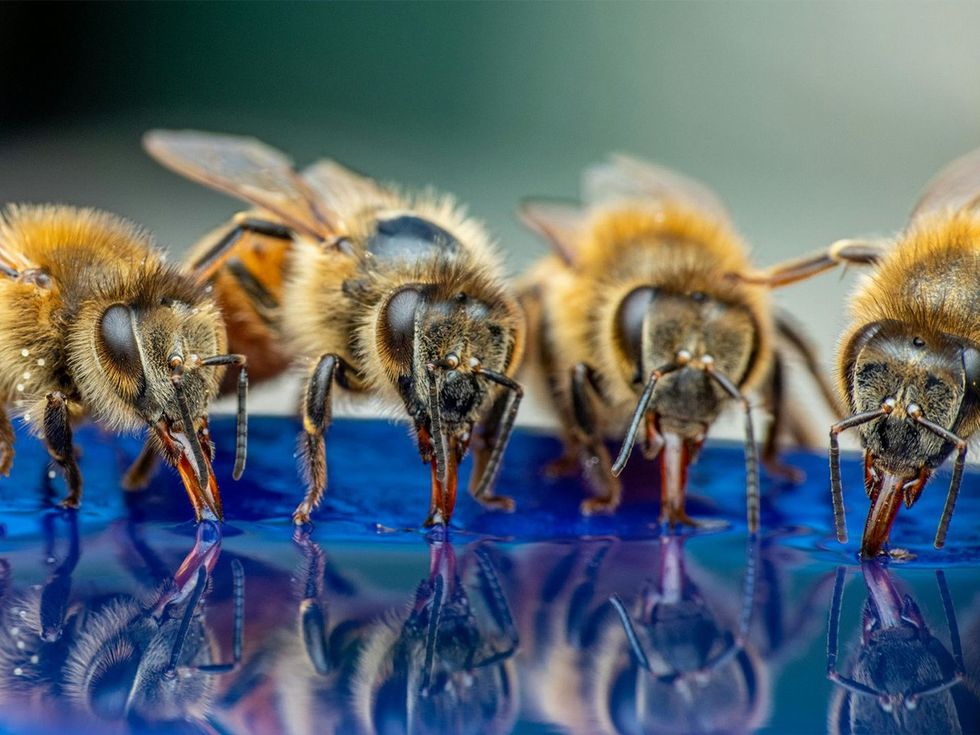 Bees feeding on food source.Image via
Bees feeding on food source.Image via 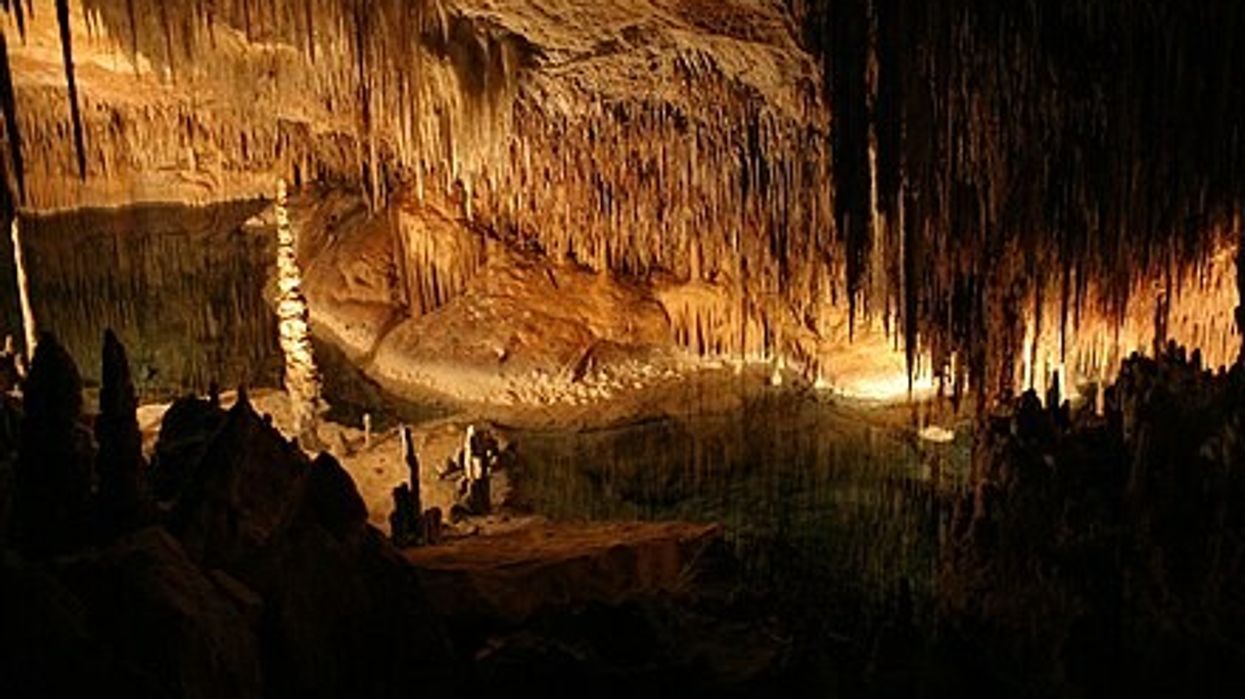
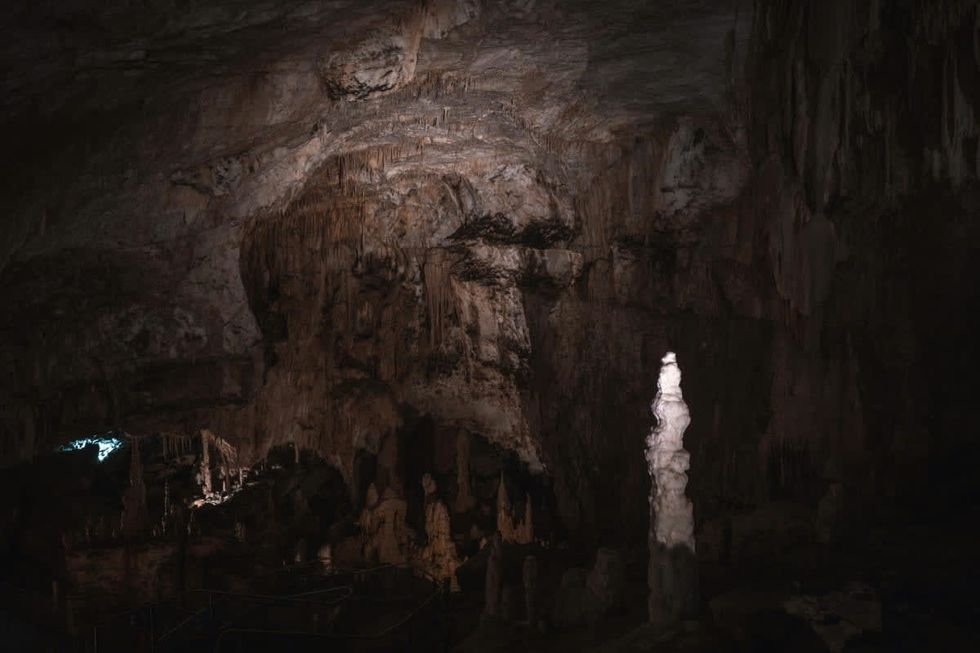 In the depths...Pexels | francesco ungaro
In the depths...Pexels | francesco ungaro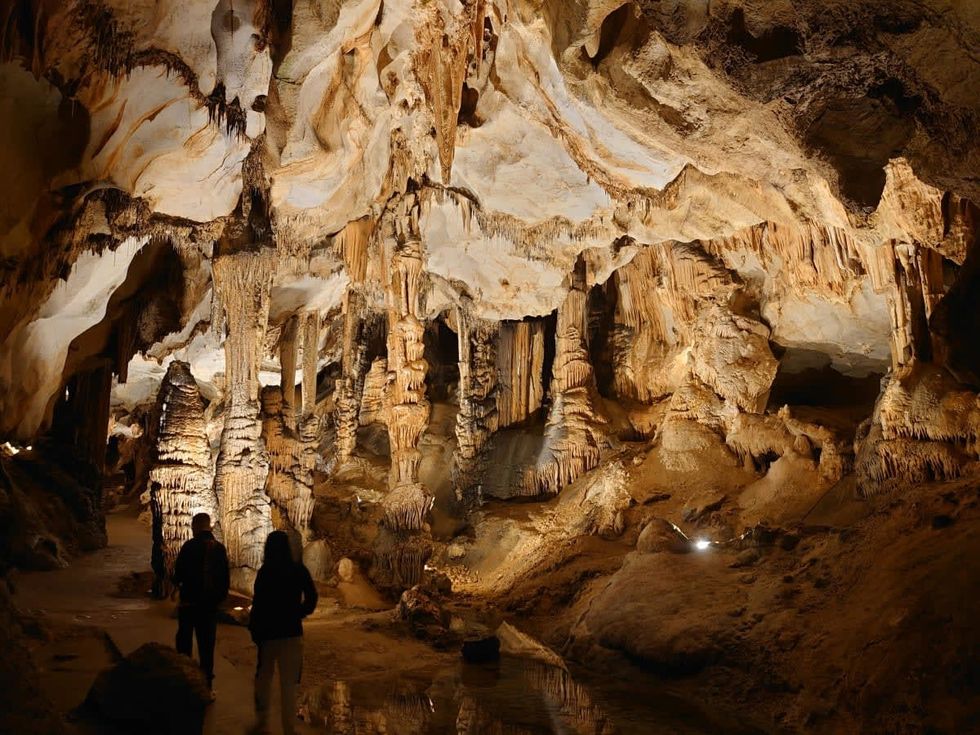 Hope the lights stay on. Pexels | parfait fongang
Hope the lights stay on. Pexels | parfait fongang "That was beyond crazy..." YouTube |
"That was beyond crazy..." YouTube |  "This is the stuff of my nightmares..."YouTube |
"This is the stuff of my nightmares..."YouTube |  "Totally blown away..." YouTube |
"Totally blown away..." YouTube | 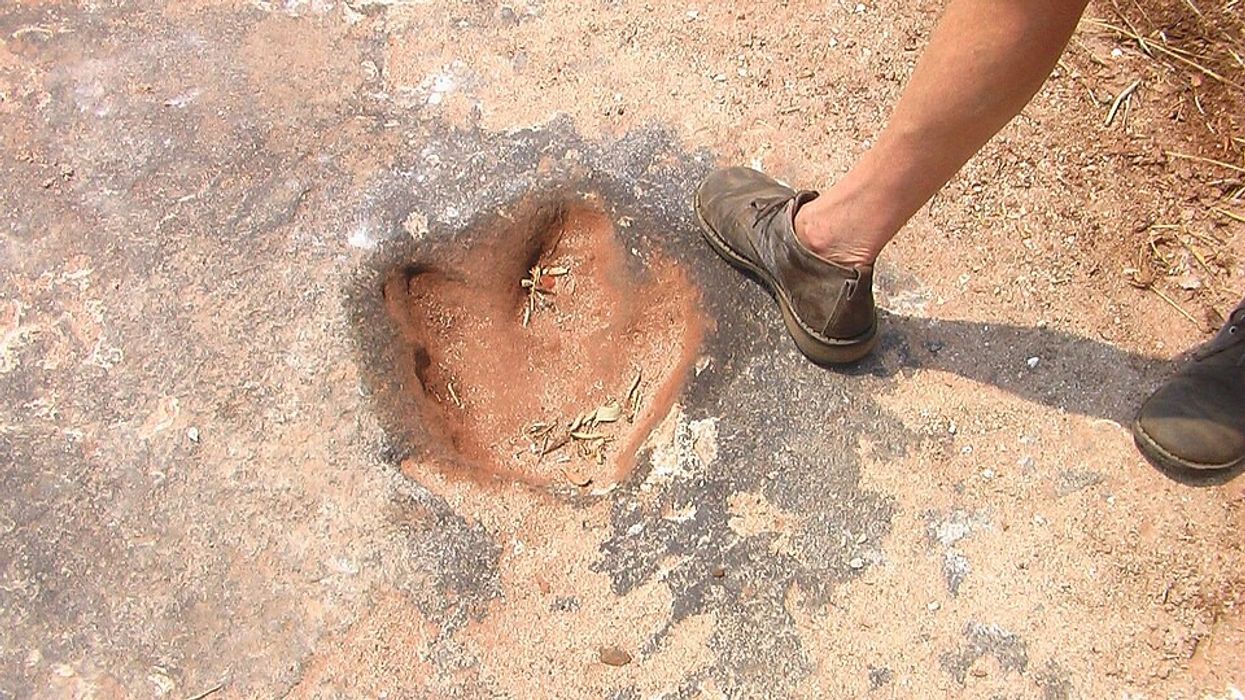
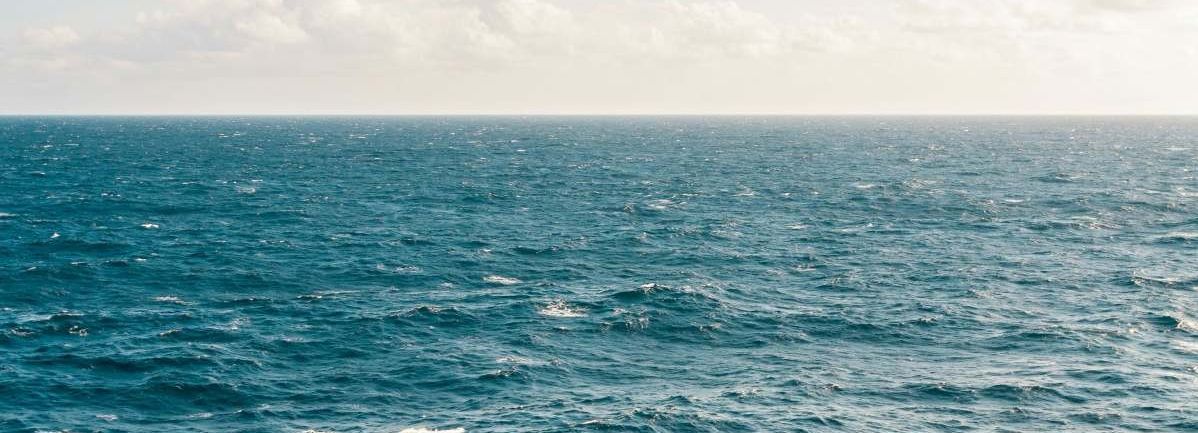 A representative Image of The Atlantic Ocean. Source: Pexels | Kellie Churchman
A representative Image of The Atlantic Ocean. Source: Pexels | Kellie Churchman Representative Image Source: Painting from a series by Ernest Untermann in the museum at Dinosaur National Monument, Utah.
Representative Image Source: Painting from a series by Ernest Untermann in the museum at Dinosaur National Monument, Utah.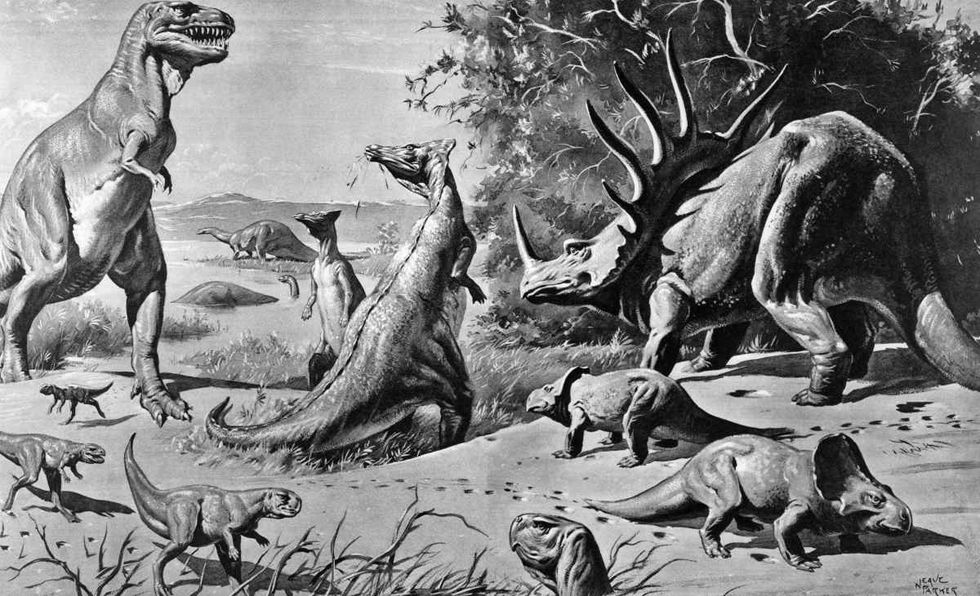 Representative Image Source: VARIOUS DINOSAURS IN GOBI DESERT. Photo by H. Armstrong Roberts/ClassicStock/Getty Images
Representative Image Source: VARIOUS DINOSAURS IN GOBI DESERT. Photo by H. Armstrong Roberts/ClassicStock/Getty Images
President Donald J. Trump and photo of a forest.
Public united and adamantly opposes Trump’s plan to roll back the Roadless Rule
There doesn't seem to be much agreement happening in the U.S. right now. Differing moral belief systems, economic disparity, and political divide have made a country with so many positives sometimes feel a little lost. Everyone desperately seeks a niche, a connection, or a strong sense of community to which they can feel a "part of," rather than just "apart."
But there seems to be one thing that the country strongly unites over, and that's the "Roadless Rule." With the Trump Administration attempting to roll back conservation policies that protect U.S. National Forests, Americans are saying in harmony an emphatic "No." A nonpartisan conservation and advocacy organization, the Center for Western Priorities, reviewed a comment analysis on the subject. After receiving 223,862 submissions, a staggering 99 percent are opposed to the president's plan of repeal.
What is the 'Roadless Rule' policy implemented in 2001?
The Roadless Rule has a direct impact on nearly 60 million acres of national forests and grasslands. According to the U.S. Department of Agriculture, the rule prohibits road construction and timber harvests. Enacted in 2001, it is a conservation rule that protects some of the least developed portions of our forests. It's considered to be one of the most important conservation wins in U.S. history.
America's national forests and grasslands are diverse ecosystems, timeless landscapes, and living treasures. They sustain the country with clean water and the wood products necessary to build our communities. The National Parks protected under their umbrella offer incredible recreational retreats and outdoor adventure.
Why does the administration want to roll it back?
U.S. Secretary of Agriculture Brooke L. Rollins told the Department of Agriculture in a 2025 press release, “We are one step closer to common sense management of our national forest lands. Today marks a critical step forward in President Trump’s commitment to restoring local decision-making to federal land managers to empower them to do what’s necessary to protect America’s forests and communities from devastating destruction from fires." Rollins continued, “This administration is dedicated to removing burdensome, outdated, one-size-fits-all regulations that not only put people and livelihoods at risk but also stifle economic growth in rural America. It is vital that we properly manage our federal lands to create healthy, resilient, and productive forests for generations to come. We look forward to hearing directly from the people and communities we serve as we work together to implement productive and commonsense policy for forest land management.”
Forest Service Chief Tom Schultz explained the Roadless Rule frustrated land management and acts as a challenging barrier to action. It prohibits road construction needed to navigate wildfire suppression and properly maintain the forest. Schultz said, “The forests we know today are not the same as the forests of 2001. They are dangerously overstocked and increasingly threatened by drought, mortality, insect-borne disease, and wildfire. It’s time to return land management decisions where they belong – with local Forest Service experts who best understand their forests and communities."
Why are people adamantly opposed to the proposed rollback?
A 2025 article in Earthjustice, a nonprofit environmental law organization, expressed its concern over the protection of national forests covering 36 states and Puerto Rico. A rescinded rule allows increased logging, extractive development, and oil and gas drilling in previously undisturbed backcountry. Here is what some community leaders had to say about it:
President Gloria Burns, Ketchikan Indian Community, said, "You cannot separate us from the land. We depend on Congress to update the outdated and predatory, antiquated laws that allow other countries and outside sources to extract our resource wealth. This is an attack on Tribes and our people who depend on the land to eat. The federal government must act and provide us the safeguards we need or leave our home roadless. We are not willing to risk the destruction of our homelands when no effort has been made to ensure our future is the one our ancestors envisioned for us. Without our lungs (the Tongass) we cannot breathe life into our future generations.”
Linda Behnken, executive director of the Alaska Longline Fishermen’s Association, stated, "Roadbuilding damaged salmon streams in the past — with 240 miles of salmon habitat still blocked by failed road culverts. The Roadless Rule protects our fishing economy and more than 10,000 jobs provided by commercial fishing in Southeast Alaska.”
The Sierra Club's Forest Campaign Manager Alex Craven seemed quite upset, saying, "The Forest Service followed sound science, economic common sense, and overwhelming public support when they adopted such an important and visionary policy more than 20 years ago. Donald Trump is making it crystal clear he is willing to pollute our clean air and drinking water, destroy prized habitat for species, and even increase the risk of devastating wildfires, if it means padding the bottom lines of timber and mining companies.”
The 2025 recession proposal would apply to nearly 45 million acres of the national forests. With so many people writing in opposition to the consensus, the public has determined they don't want it to happen.
Tongass National Forest is at the center of the Trump administration's intention to roll back the 2001 Roadless Rule. You can watch an Alaska Nature Documentary about the wild salmon of Tongass National Forrest here:
- YouTube www.youtube.com
The simple truth is we elect our public officials to make decisions. The hope is they do this for all of our well-being, although often it seems they do not. Even though we don't have much power to control what government officials do, voicing our opinions strongly enough often forces them to alter their present course of action. With a unanimous public voice saying, "No!" maybe this time they will course correct as the public wishes.